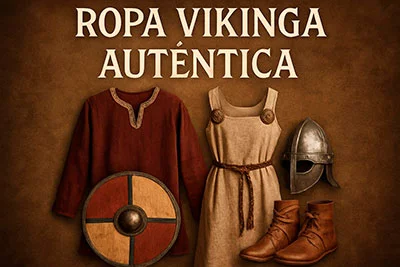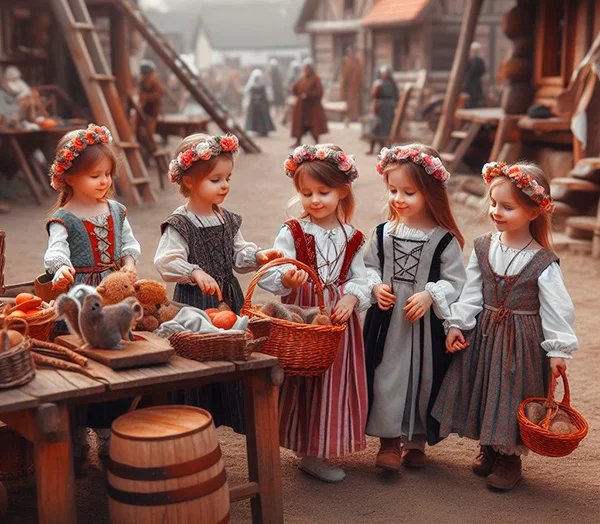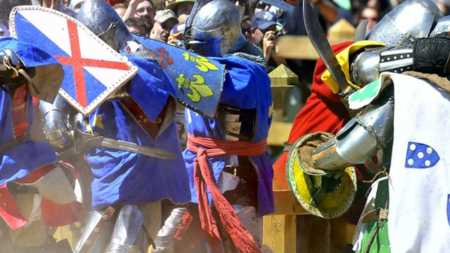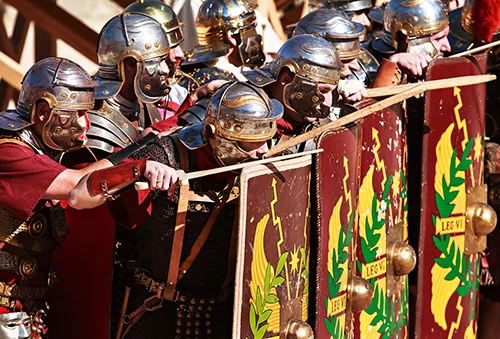What is a Kyrtill?
The Kyrtill is a historical garment that played a central role in the clothing of Scandinavian and Germanic peoples during the Middle Ages, specifically between the 8th and 11th centuries. This tunic, known in Old Norse as "kyrtill", was worn by both men and women as one of the essential elements of daily wardrobe. Its practical and aesthetic design reflects not only the functional needs of the time but also the culture and identity of those who wore it.

Main Features of the Kyrtill
- Design and cut: The kyrtill’s design is simple yet functional, made mainly from rectangular pieces of fabric, allowing ease of movement essential for daily activities and the working life of the period. Sleeves could be integrated or added separately, depending on the style and purpose of the outfit.
- Length: The length of the kyrtill varied depending on gender; men’s versions usually reached the knees, while women’s extended to the ankles. This difference was not only practical but also a reflection of the cultural norms and status within society.
- Materials: Preferred materials for making the kyrtill included linen and wool. These natural fabrics offered versatility for adapting to different seasons and also reflected the wearer’s social position.
- Use and functionality: The kyrtill was worn over underwear and fastened at the waist with a belt made of fabric or leather. Additionally, it was common to combine it with other garments for added protection against cold weather or on formal occasions.
- Social significance: Although the kyrtill was common among all classes, its style, color, and decorations varied considerably according to the wealth and social rank of the wearer. Individuals of high social standing usually displayed it with more ornamentation.

Kyrtill in Women’s Clothing
For women, the kyrtill functioned as an underdress or basic tunic, often complemented by a hangerock, or sleeveless overdress. This female version was more fitted and belted at the waist, blending practicality with elegance, which varied according to social status.
Historical Context and Evolution
The kyrtill represents a transitional garment in European dress, from Roman influences to the distinctiveness of medieval fashion. Over time, its basic structure evolved into greater complexities, especially in ceremonial attire and among the social elite.

Kyrtill and Its Legacy Today
Nowadays, the kyrtill has experienced a revival thanks to its prominence in historical reenactment events, Renaissance fairs, and medieval recreation activities. Its simple and versatile pattern inspires modern replicas, fueling interest in everyday life during the Middle Ages.
Visual Aspect of the Kyrtill
Through images of medieval and Viking tunics, it is evident that the kyrtill retains its classic straight silhouette, generally with long sleeves and decorative options on the collar and cuffs, consistent with historical documents and sources.
















